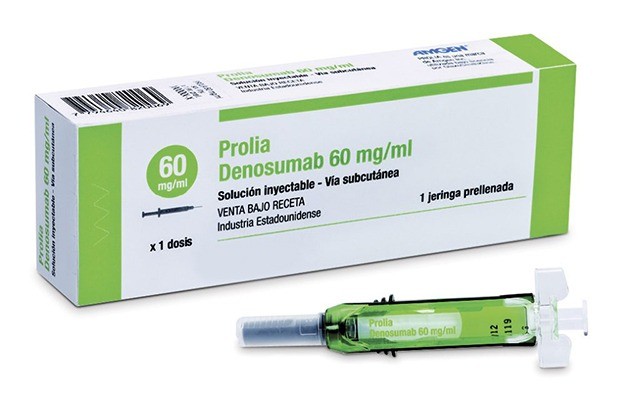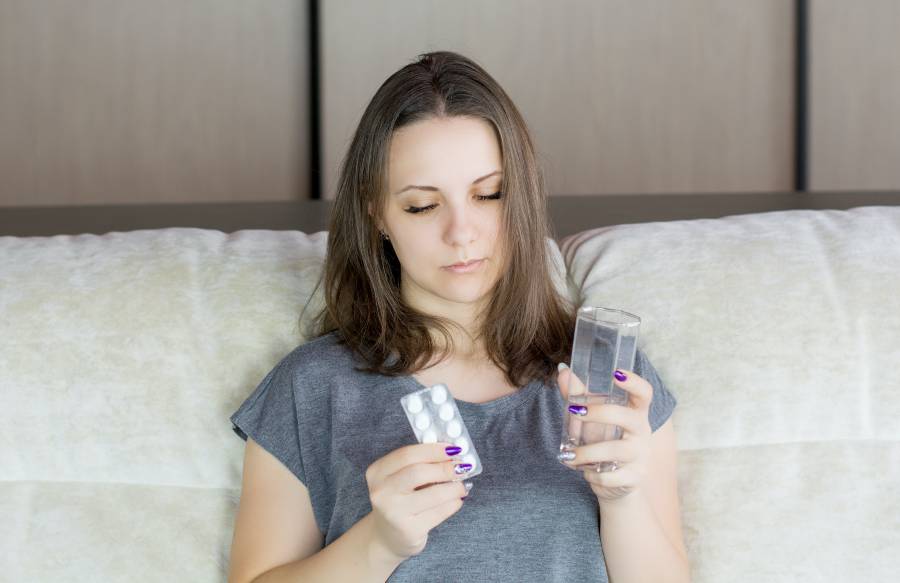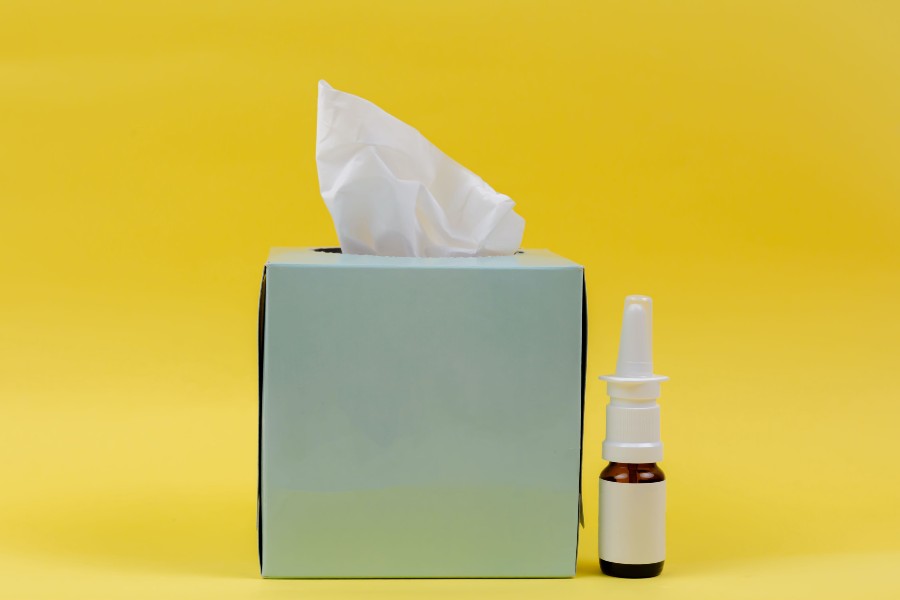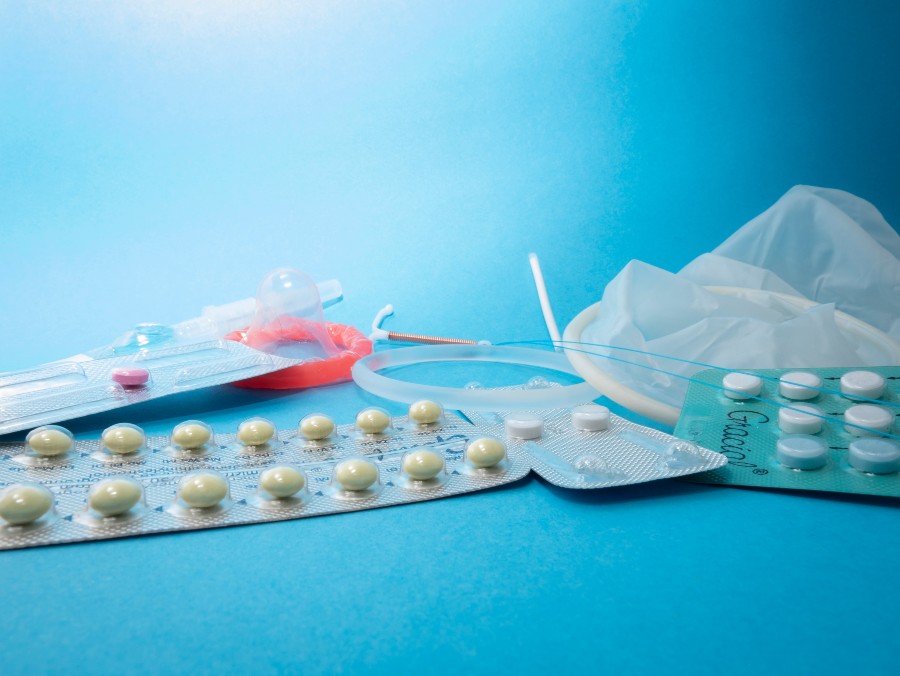Health
Top 4 Medication Methods For Dermatitis Treatment
Dermatitis can leave your skin feeling itchy, irritated, and experiencing levels of discomfort that can affect your everyday life. With this being said, it’s important to secure an effective treatment method that will set you en route to an effective recovery.
However, medical experts and researchers have found it difficult to discover a medication that can tackle the long-term effects of dermatitis. Though there have been many advancements, ideally they’ll be many more preventive treatment methods emerging in the future, those that go beyond addressing the symptoms of the issue.
With this being said, there are still many treatment methods that can effectively address dermatitis and reduce its overall impact. Here are some top ways to mitigate the effects of dermatitis:

Dressings
A simple yet effective method to use, by addressing affected areas with a wet dressing, you’ll be surprised by how symptoms can improve within a matter of hours.
Wet dressings might seem simplistic, but sometimes simple approaches are among the most effective.
If a wet dressing isn’t sufficient, the application of corticosteroid cream can work wonders for the healing process. You can also cover wet bandages with dry bandages and get the help of a medical professional if necessary.
Calcineurin Inhibitors
These medications are designed to modify your immune system so it will be better equipped to tackle dermatitis. You should carefully weigh up your options before engaging with inhibitors, with special consideration to how they can alter your body.
Calcineurin inhibitors are known to reduce the inflammation that often comes with dermatitis, to help you overcome any associated difficulties.
There are two main types:
Pimecrolimus
Tacrolimus
These are prescription creams to be received over the counter, ones that can only be applied externally and to the affected area in question. When using these creams, you might experience some mild irritation, itching, and burning, but this will go away within a few applications.
Topical applications are a useful, easy way to address the symptoms of your dermatitis.
Medications
If you’re experiencing dermatitis across various areas of your body, your doctor might recommend oral medications. These work by slowing the immune system and ultimately reducing symptoms.
Here are some typical oral medications:
Cyclosporine
Methotrexate
Azathioprine
Oral steroids
Mycophenolate mofetil
However, beware of side effects, which can rear their ugly head in the form of nausea, high blood pressure, kidney/liver damage, and increased risk of infection.
UV Light and Phototherapy
UV light and phototherapy can tackle more severe cases if you fail to respond to the treatment above methods.
The technology works by exposing your skin to UV light, which is usually either UVB or UVA. What’s great about phototherapy is its high success rate, which according to the National Eczema Association, is around 70%.
To arrange a phototherapy session, you should visit your dermatologist regularly and schedule treatment over the course of a few months.
It’s usually a matter of it taking as long as it takes, with no guarantees, but patients reporting success rates within half a year.
Medical Disclaimer:
This article is for informational purposes only. The writer does not hold any medical qualifications. This article is not reviewed by a professional. Some articles may offer information about treatments not approved by the U.S. Food and Drug Administration.
This article is not a substitute for medical advice. Consulting a doctor or other healthcare professional is always the best course of action. Be sure to speak to a doctor prior to beginning, halting, or altering any treatment course. This article is merely an informational resource. If you have a medical emergency, call a doctor or go to a hospital immediately.









